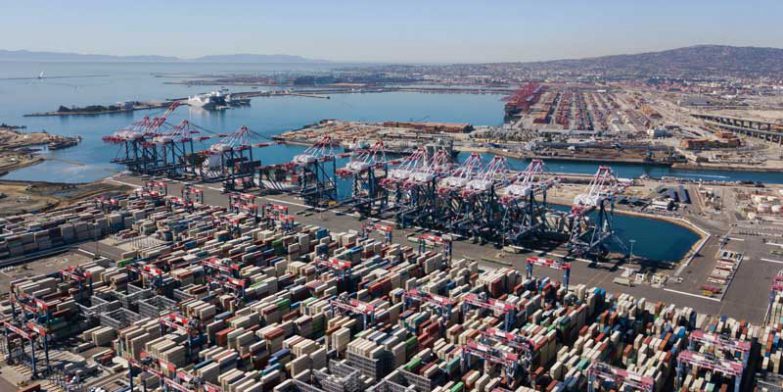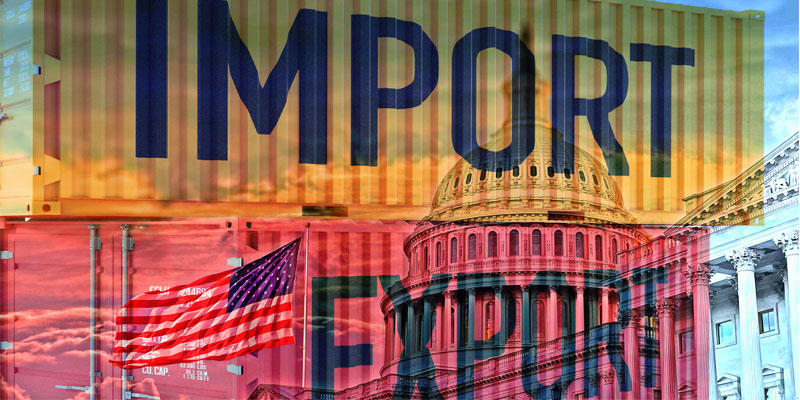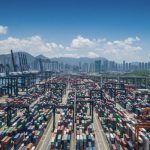
While ILWU members on the US West Coast have secured a 32% salary increase over the life of the next six-year contract, the deal has yet to be ratified and with the conciliation process between the ILWU Canada and the British Colombia Maritime Employers Association expired last Tuesday, with ILWU Canada filing its 72-hour strike notice.
The Pacific Maritime Association (PMA) and ILWU have now entered the ratification phase of the contract process with their respective memberships, who will vote to ratify the deal and life the threat of industrial action from the US West Coast.
The JOC suggests that based upon past contracts, the ratification process usually takes about three months, which would push agreement into the early fall.
Further up the North American coastline, ILWU Canada contract negotiations with Vancouver port employers are at a critical stage and with both sides now able to issue 72-hour strike or lockout notices, ILWU Canada has issued its notice. Its members will walk out on Saturday the 1st July, in a move that will impact the Port of Vancouver, which is a gateway for goods landing in the US Midwest and no end date announced.
The action by ILWU Canada has come as a surprise to many, as talks between the two sides in Canada have only gone on for three months compared with the protracted 13-months of negotiation south of the border and the likelihood of ratification reduces the leverage of both sides in Canada, where the cargo throughput is far smaller than through US ports.
Also, because of the high levels of COVID-related congestion along North America’s West Coast, shipping lines and importers are accustomed to using alternatives for rerouting transpacific cargo, which is bad news for dockworkers and their employers, especially if temporary diversions become permanent.
Canadian and US West Coast ports are in a fight to slow the migration of containerised cargo to ports in Mexico and the Gulf and East Coast.
Panama Canal Update
With water levels in the watercourses that feed into the Panama Canal’s locks far below normal, due to drought, draught limits and surcharges have been introduced for container ships traversing the canal.
Transpacific shippers using East Coast ports will be relieved that much-needed rain means that a series of further draught restrictions due to take effect on June 25 and July 9, which would require ships to float at higher depths, meaning they needed to carry less cargo have been postponed.
Since the start of the year, the canal has instituted a number of depth restrictions as the drought put pressure on its water supplies, but at the time of writing substantial rain has been forecast which, if it materialises, could stop restrictions.
If you have any concerns about the issues raised in this article, we can review your situation, explain your options and, if necessary, consider alternative access ports into Canada or the United States.
Global Forwarding USA has a dedicated import and export department, that handle ocean, air and customs brokerage – including all related customs departments – with domestic transport for container movements, LTL and FTL.
EMAIL Adam Davies, Global Forwarding USA, Vice President.





